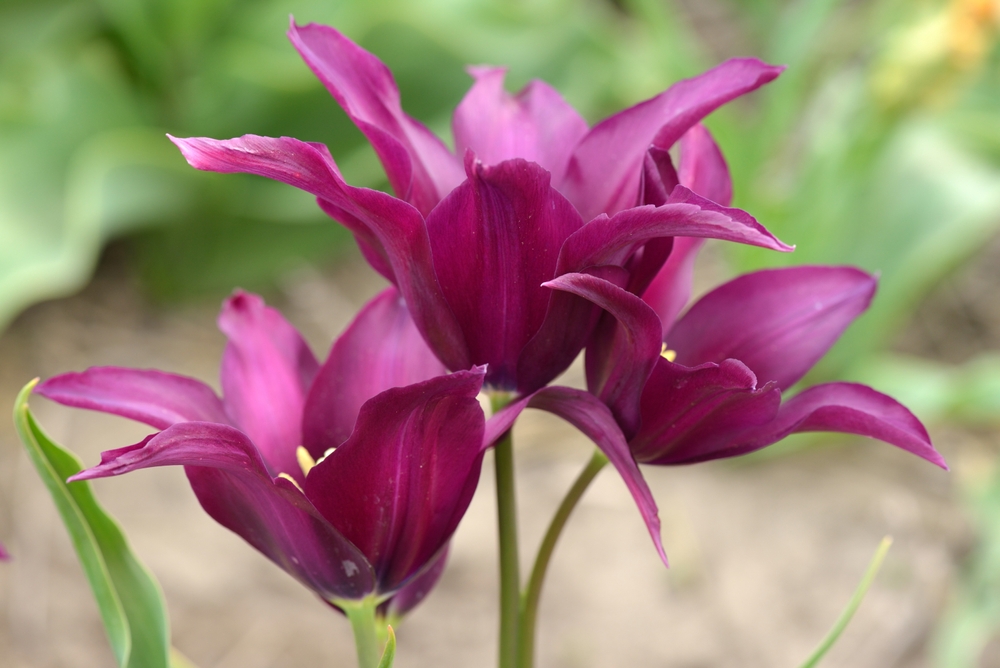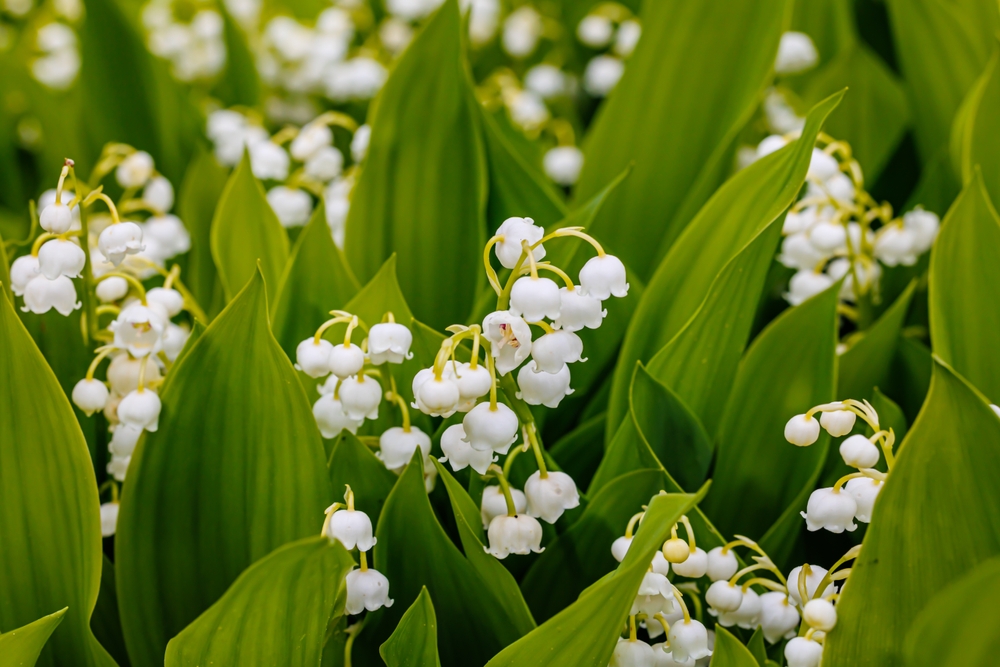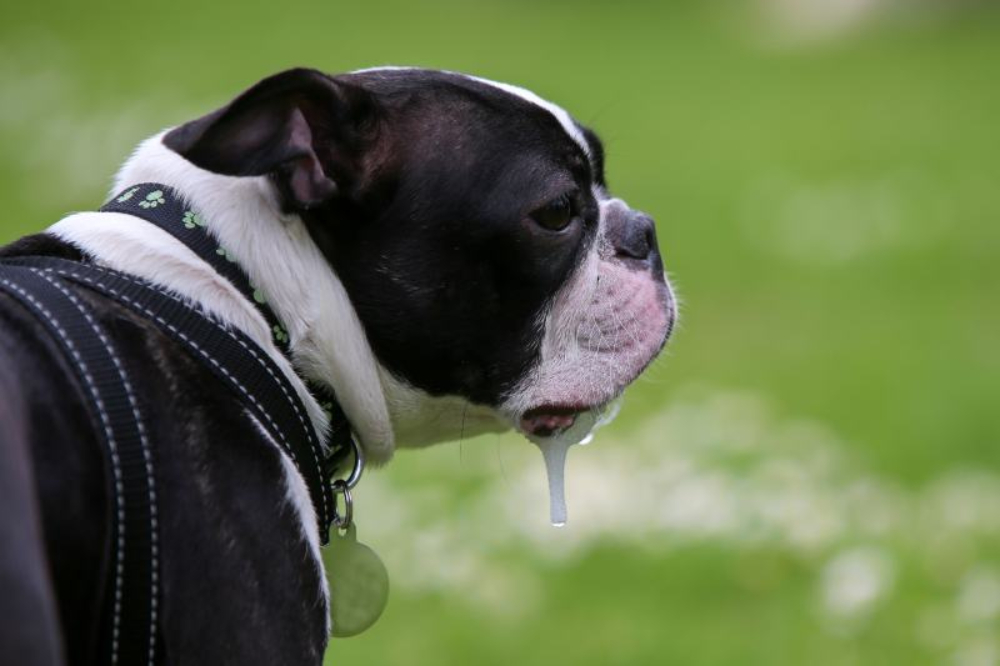Are Lilies Poisonous to Canines? Vet-Verified Details, Data & Poison Assist – Dogster
Flowers could also be stunning, however there are positively a number of on the market that may pose severe dangers to your pets. Should you reside with a canine, it’s essential to know which vegetation are secure. The lily household (Liliaceae), which incorporates about 15 genera and roughly 610 species, is especially regarding. Whereas vegetation from two genera on this household, Lilium (True lilies) and Hemerocallis (Day lilies), are lethal poisonous to cats, their toxicity in canine stays unconfirmed. The extent of toxicity to canines of vegetation within the Liliaceae household varies throughout species, with some being just about innocent whereas others being extremely toxic. To complicate issues additional, some vegetation that aren’t actually lilies nonetheless embrace the time period ‘lily’ of their names, including to the confusion.
We are able to definitively say that these vegetation are extra poisonous to cats than canine due to their various physiologies. The perfect recommendation we will supply is to keep away from including any lilies to your backyard or as houseplants in your house in case you have a pet. Prevention is by far the most effective remedy.


Examples of Poisonous Lily Species
Lilies as a gaggle are numerous. We are able to say most species are perennial bulbs. Many species have showy flowers or are fragrant. Scientists discuss with these of the Lilium genus because the true lilies. Many cultivars go by their scientific identify, making figuring out this info helpful.
Canines are weak to unintentional poisoning due to their consuming habits. Many pups devour something they discover, making canines extra more likely to change into victims. That’s why we suggest avoiding any lily plant altogether since most accidents happen within the pet’s house. As defined, the diploma of toxicity varies with the species. For instance, the Easter lily (Lilium longiflorum), which belongs to the Lilium genus, will not be documented as poisonous to canine, however this can be very poisonous to cats.
Species of vegetation within the Liliaceae household which can be poisonous to canine—and cats as nicely—by means of numerous toxins embrace the next:
- Tulip (Tulipa species)
- Hosta (Hosta plataginea)
- Climbing lily (Gloriosa superba)
- Lily of the valley (Convallaria majalisspp.)
- Lily of the palace or Barbados Lily (Hippeastrum)
Studying in regards to the hosta, or plantain lily, shocked us, given how common the plant is for landscaping. Hostas include saponins, which trigger gastrointestinal issues in canine, cats, and horses after consuming them. Notably, rabbits and deer can eat them with out struggling any in poor health results. Rutgers New Jersey Agricultural Experiment Station lists it as one of many least deer-resistant species. Nevertheless, the takeaway is that toxicity varies with the animal. So, simply because wildlife can eat a sure plant doesn’t imply it’s secure in your canine.


Different Species of Crops Referred to as Lilies
There are a variety of vegetation known as lilies however are literally members of various households. “Lily” has come to imply any equally trying flower, and also you’ll discover a lot variation on this record. Poisonous species to canine that don’t belong to the Liliaceae household embrace the next:
- Lily of the valley (Convallaria majalis)
- Calla lily or Trumpet lily (Zantedeschia spp.)
- Wild daffodil or Lent lily (Narcissus pseudonarcissus)
- Lily of the palace or Barbados Lily (Hippeastrum)
- Peace lily (Spathiphyllum)
- Impala lily (Adenium obesum)
- Flamingo lily (Anthurium scherzeranum)
We’ve included the scientific names of all these species since many have a number of widespread names, additional complicating their classification. Some vegetation have “spp.” after their genus identify to point that many species exist beneath that umbrella, together with many cultivars. Toxicity exists whatever the particular person species.



 Indicators of Poisoning
Indicators of Poisoning
The number of vegetation on our record solely scratches the floor of the problems with lilies. The indicators of poisoning may differ due to the precise toxin and its results. For instance, wild daffodils and lily of the palace include a toxin referred to as lycorine. This alkaloid is liable for the indicators of poisoning that comply with the ingestion of this plant: vomiting, nausea, mouth irritation, belly ache, and diarrhea.
One of the vital widespread indicators of poisoning is vomiting. A canine solely must devour one bulb to indicate indicators of toxicity. The toxin is especially concentrated within the bulb, nonetheless ingestion of the leaves is equally worrisome.
Different vegetation, similar to calla lily and peace lily, include insoluble calcium oxalate crystals, which may trigger mouth irritation when ingested or chewed. These crystals can result in indicators like drooling, problem swallowing, pawing on the mouth, vomiting, and swelling of the lips and tongue.
Lily of the valley is especially harmful because it comprises toxins that may adversely have an effect on your pet’s cardiovascular system. Puppies and senior canine are on the best threat. Tulips are additionally extremely poisonous due to their tulipalin A and B content material, which causes drooling, vomiting, despair, and diarrhea. The best focus of those chemical compounds are within the bulbs and there’s no recognized antidote.
The most typical indicators of toxicosis embrace the next:
- Vomiting
- Drooling
- Diarrhea
- Lack of urge for food
- Lethargy
- Stomach ache
- Seizures


Prognosis and Therapy
Due to species variety, there are numerous mechanisms of motion relating to unintentional poisoning. That, in flip, impacts the remedy and prognosis. Should you suspect your canine has eaten lilies or any toxic plant, instantly contact your vet or the ASPCA Animal Poison Management Heart hotline (888-426-4435).
Gather a few of the remaining vegetation to take to the clinic with you for correct identification, if potential. You can too snap an image together with your smartphone. In case your pet isn’t exhibiting indicators, your vet might elect to induce vomiting. Additional remedy will depend on the toxin and can probably embrace supportive care, similar to intravenous fluids and anti-nausea medicine.
Immediate motion is vital since many flora species include probably life-threatening toxins. Issues from unintentional poisoning might contain organ harm, requiring further care and potential hospitalization.


Prevention
Protecting these vegetation out of your backyard and house is the most effective prevention. We strongly urge you to analysis any species to make sure it’s secure for pets. Don’t assume your canine will depart them alone. A bored animal will discover issues to do, even stuff they shouldn’t, like consuming poisonous vegetation. Many are bitter and will deter your pup from ingesting them. Nevertheless, that’s not an answer nor a sensible technique.

 Remaining Ideas
Remaining Ideas
A whole bunch of lily species exist, with various levels of toxicity. For instance true lilies and day lilies are extremely poisonous to cats, whereas not notably unsafe for canines. Nevertheless, different vegetation that belong to the Liliaceae household are poisonous to canine, and plenty of different vegetation going by the lily identify are additionally toxic to canine and different pets. Due to this fact, we solely suggest pet-safe vegetation in your house or yard to stop unintentional poisoning. By selecting pet-safe vegetation, you may get pleasure from the fantastic thing about nature with out placing your loved one companions in danger.
Featured Picture Credit score: Bhupinder Bagga, Shutterstock


